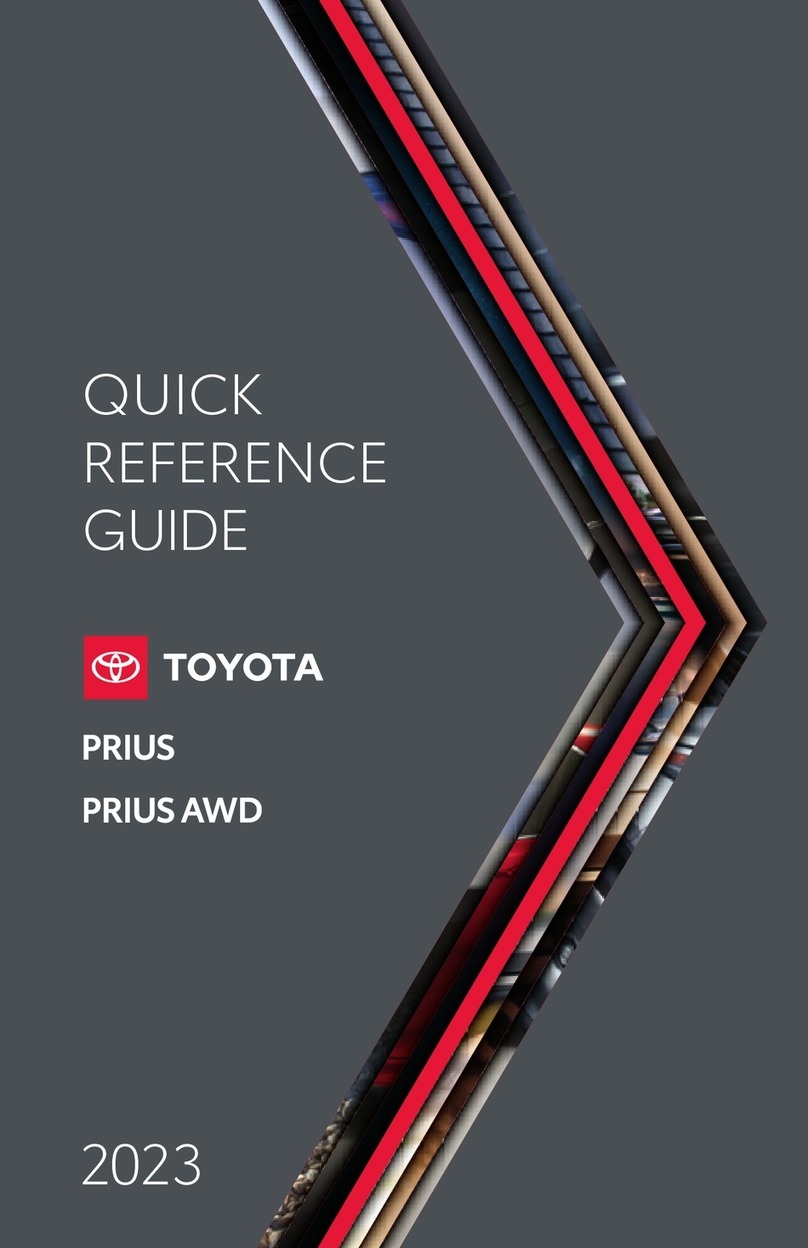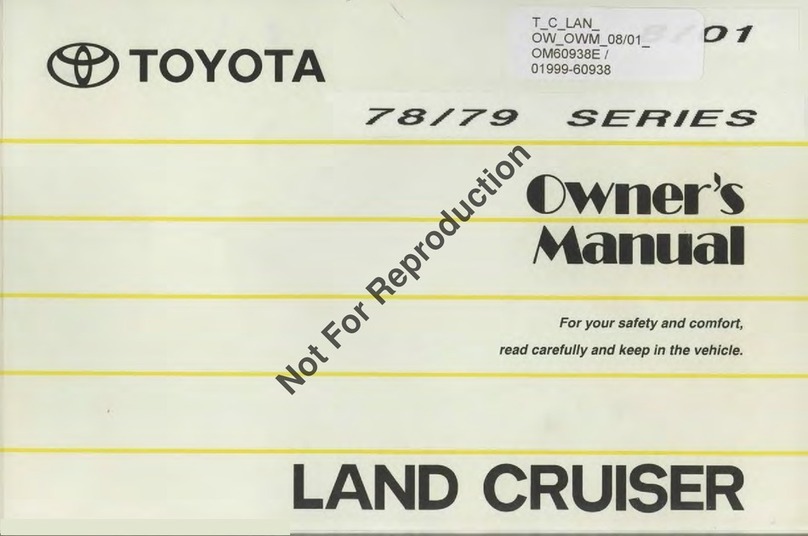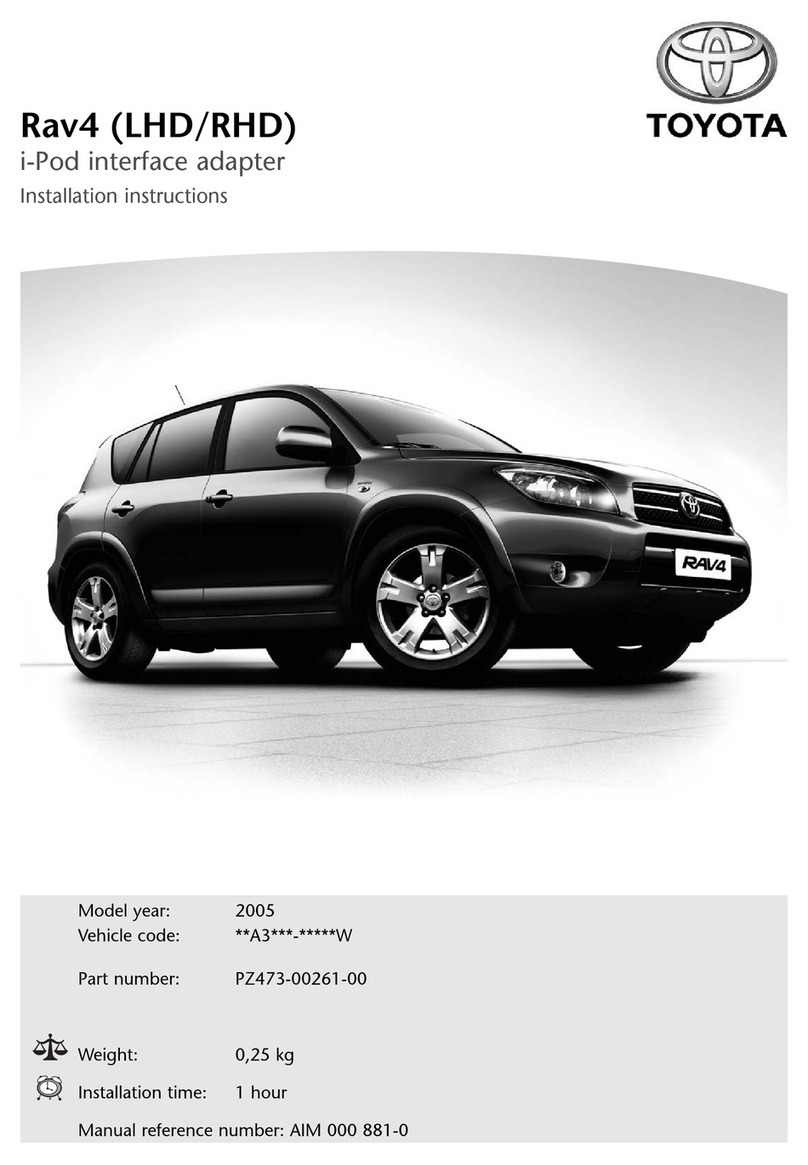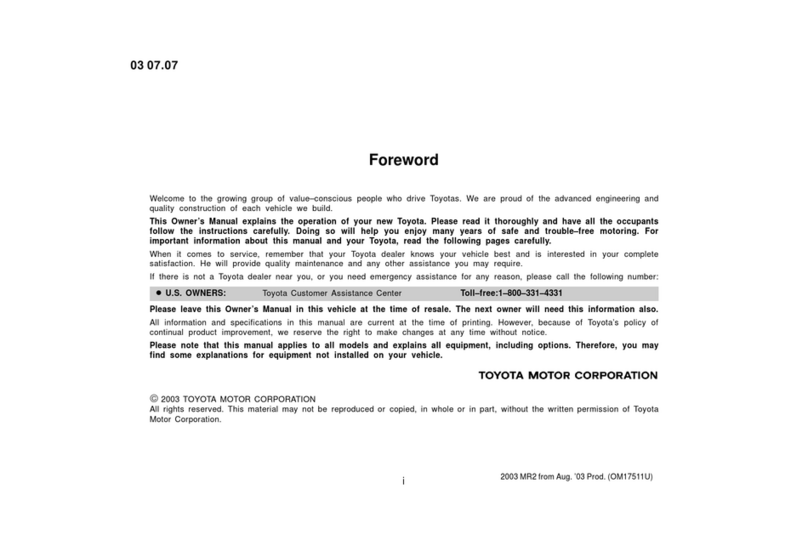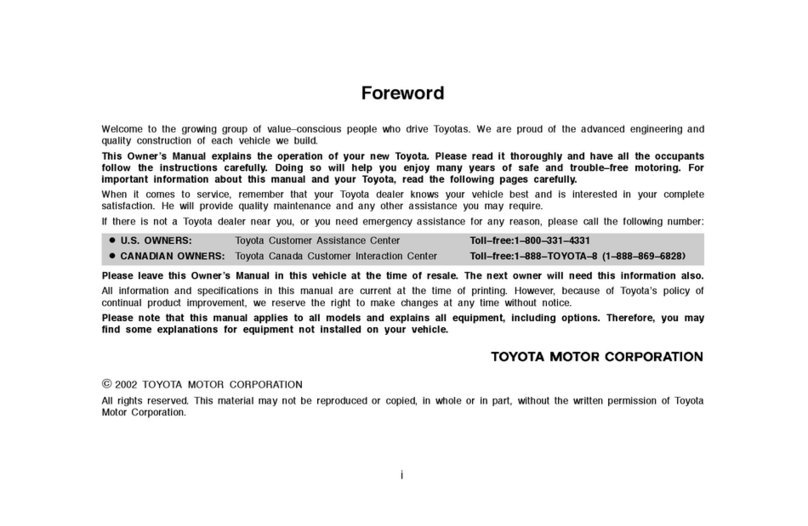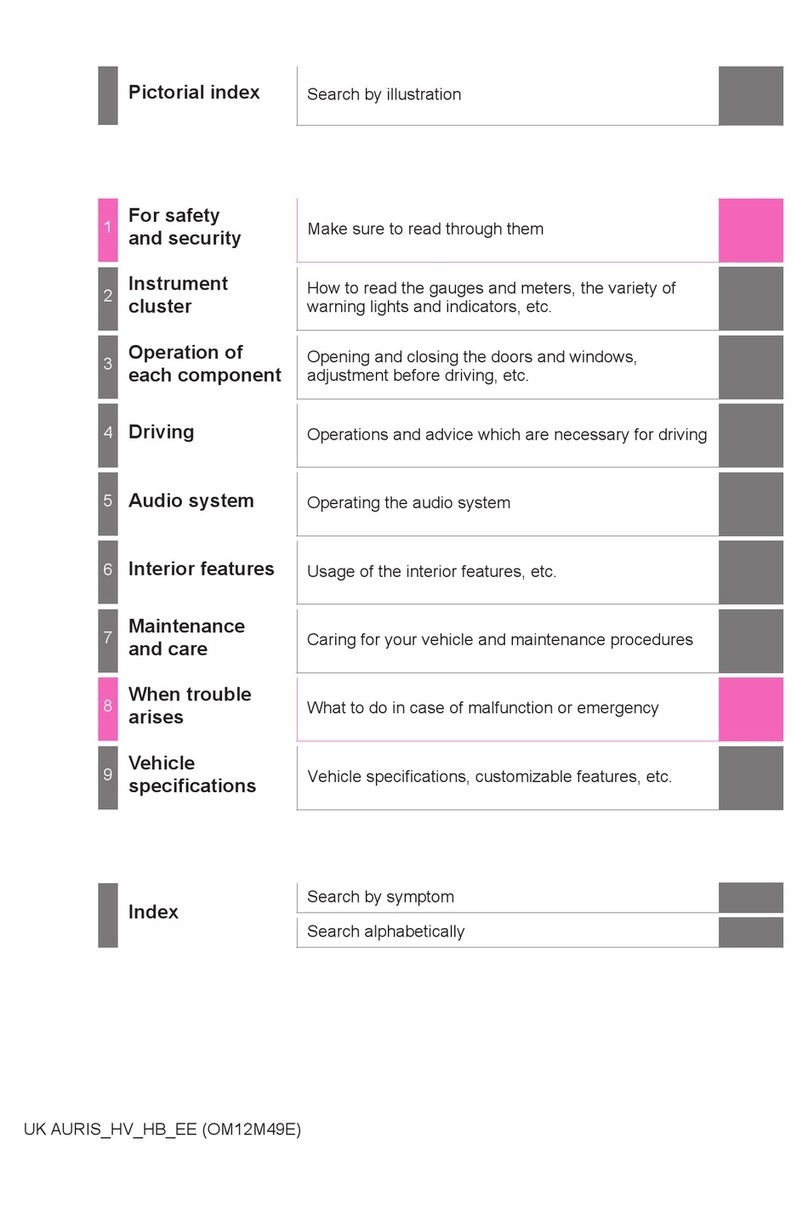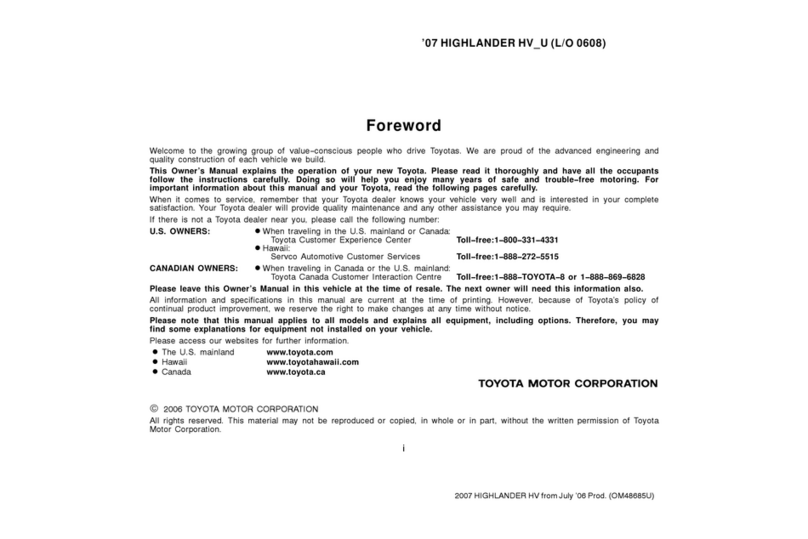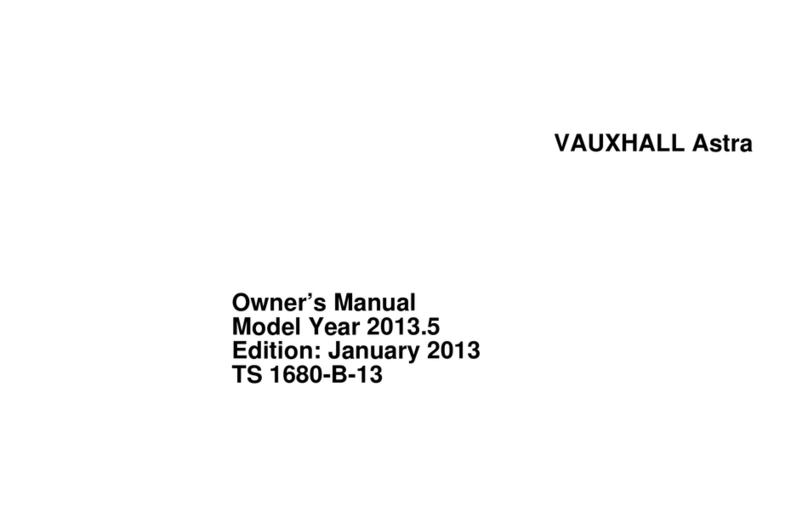iii
Table of Contents
ABOUT THE CAMRY ................................................................................................................... 1
CAMRY IDENTIFICATION............................................................................................................ 2
Exterior .........................................................................................................................................................3
CAMRY IDENTIFICATION (CONTINUED)................................................................................... 4
Interior...........................................................................................................................................................4
Engine Compartment ....................................................................................................................................5
HYBRID COMPONENT LOCATIONS & DESCRIPTIONS .......................................................... 6
Specifications................................................................................................................................................7
HYBRID SYNERGY DRIVE OPERATION.................................................................................... 8
Vehicle Operation..........................................................................................................................................8
HYBRID VEHICLE (HV) BATTERY PACK AND AUXILIARY BATTERY .................................... 9
Components to Which High Voltage is Applied .............................................................................................9
HV Battery Pack Recycling .........................................................................................................................10
HIGH VOLTAGE SAFETY .......................................................................................................... 11
Service Plug................................................................................................................................................12
PRECAUTION TO BE OBSERVED WHEN DISMANTLING THE VEHICLE ............................ 14
Necessary items .........................................................................................................................................14
SPILLAGE................................................................................................................................... 15
DISMANTLING A VEHICLE ....................................................................................................... 16
REMOVAL OF HV BATTERY ..................................................................................................... 19
HV battery removal .....................................................................................................................................19
HV Battery Caution Label ...........................................................................................................................31


